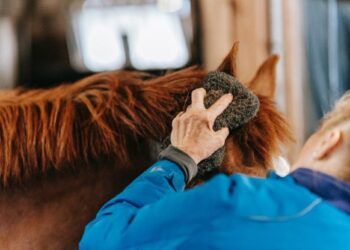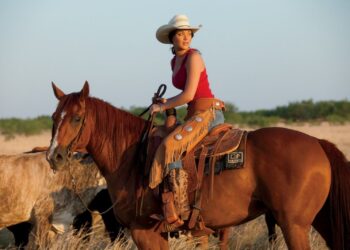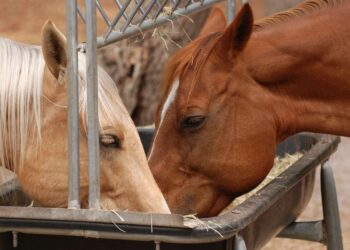Touch is an important sense for a horse. Most communication between man and horse takes place through the sense of touch. It is therefore important that people understand how a horse’s sense of touch works. Any pressure a horse feels will produce a predictable response. A horse is very sensitive to touch. A horse is so sensitive that it can feel a fly landing.
Some horse breeds have thinner skin than other breeds. Thoroughbred horses, for example, have the thinnest skin, and cold-blooded horses the thickest. But all horses are very sensitive to touch.
The Skin
The skin is the horse’s largest organ. The skin consists of three layers: the epidermis, the outer layer, the dermis, which is the central layer, and the subcutaneous tissue, the inner layer. The skin protects the horse, regulates the temperature, and is very sensitive to touch. Some areas of the skin are more sensitive than others. This is because there are more sense organs in those places than in other places.
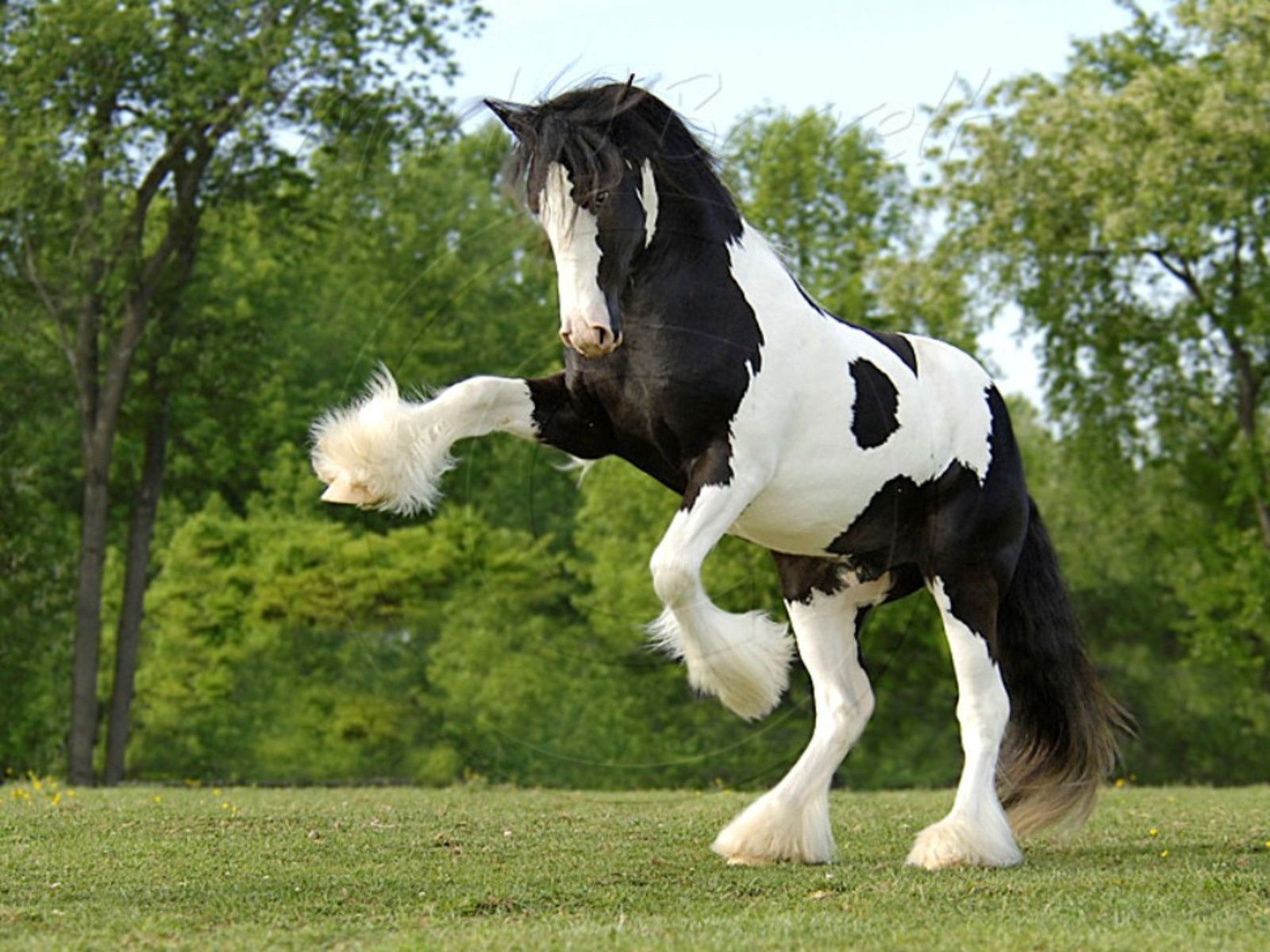
It is a myth that a horse would have less feeling because of the thickness of its skin. A horse is very sensitive. Even with a thick winter coat, a horse remains sensitive to touch. This sensitivity is clearly visible when a fly lands on the horse. The horse immediately detects the fly and chases the fly away by contracting certain muscle groups in the skin.
However, when a horse has turned its attention to something else, there will be no response to the landing of a fly. A horse is a flight animal, so the most important information from the environment has priority. If the horse sees something ‘life-threatening’, a fly can land on him, or a rider can give help, at that moment the horse is busy with horse fencing or something else and he will not feel the fly or the help.
There are of course also other possibilities why the horse does not respond to the rider’s help. For example, it could be because the horse is dull, or because the horse has no idea what the rider means by the help. Another possibility is of course that the horse simply does not want to listen. In any case, the horse feels the help.
Due to the great sensitivity of the horse, it is, therefore, possible to communicate with the horse with minimal aid. The place where the rider’s legs lie is very sensitive to touch. It is therefore possible to communicate with minimal leg aids. Precisely when leg aids last too long or is given too roughly, the horse will blunt. As with the girth pressure, the horse will no longer respond to the leg aid. It is therefore much more effective to give a short leg rest and then relax.
Mouth
The mouth is also very sensitive to touch. The toothless part of the horse’s mouth is also called the layers, and the tongue is very sensitive. The bit is located in the toothless part of the mouth. Every small movement of the bit is noticed by the horse. It is therefore not necessary to work hard in the mouth.
The Tactile Hairs
A horse has tactile hairs in various places on its head. These tactile hairs are very sensitive to touch: they are three times deeper in the skin than normal hairs. These tactile hairs ensure that the horse can extract information from its environment. This will make the horse feel safer. It is therefore not pleasant for the horse when these tactile hairs are removed when toileting. Horses have tactile hairs above their eyes and near their mouths and noses.
Above The Eyes
The tactile hairs above the horse’s eyes are used to sense if there are no objects nearby. This way the eyes are protected, even when it is dark.
At the mouth and nose
The tactile hairs around the horse’s mouth and nose are very useful:
- Horses cannot see what is near their mouth because of the position of their eyes in their heads. By scanning objects with their tactile hairs, they can recognize objects.
- The tactile hairs also protect the mouth and nose against impact.
- The tactile hairs also feel the food and feel the slightest irregularity. This way, small stones or twigs can be removed from the food.
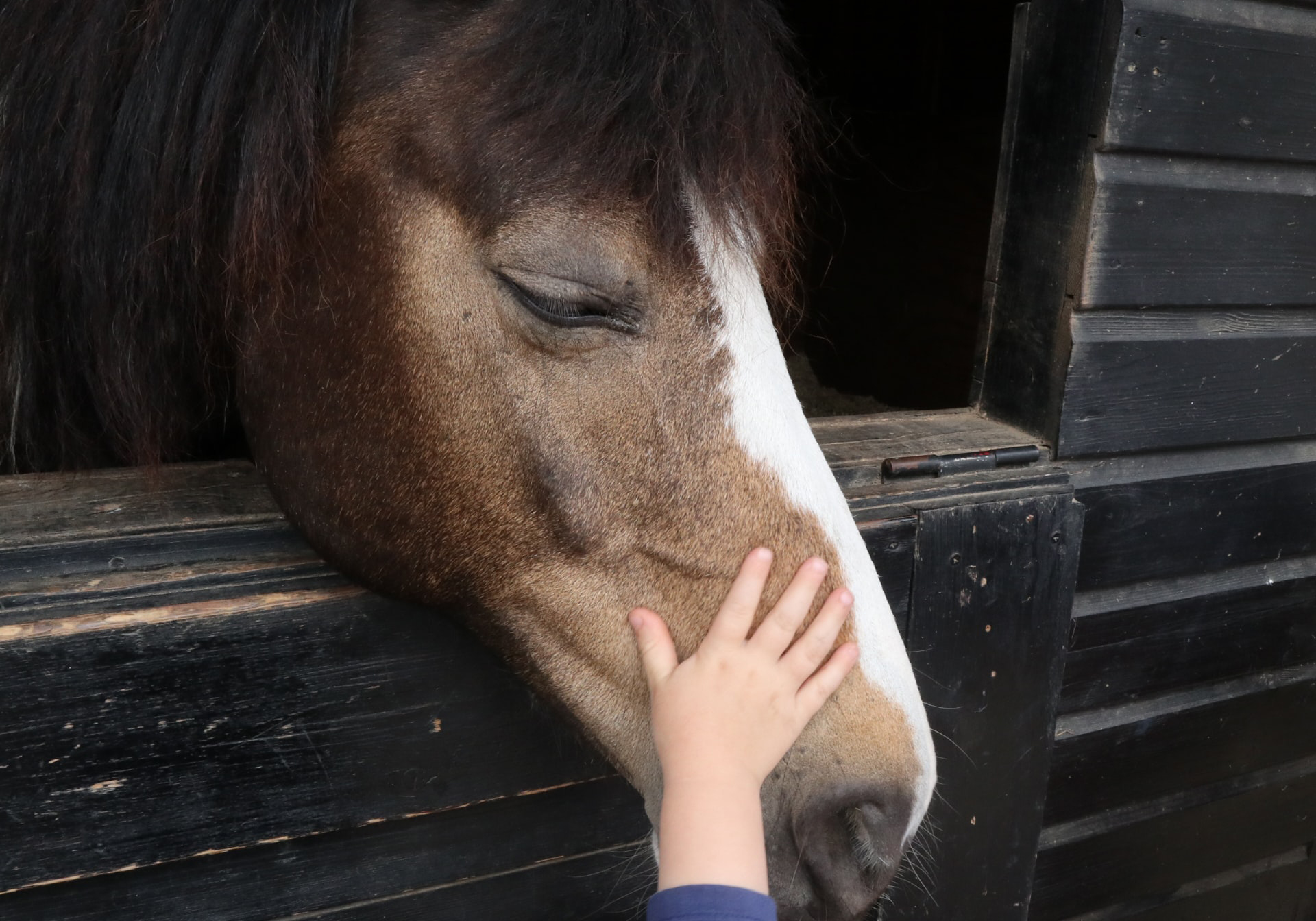
The Hooves
There are also tactile organs in the hooves. The radius of the hoof provides grip and shock absorption, but also a sense of touch. The horse feels the bottom with its beam. It senses whether the ground is smooth, rough, uneven wet, soft, or hard. The radius is therefore a very important part of the horse’s sense of touch. Horses seem to be able to pick up even the smallest vibrations of the earth with their radius.
Reading suggestions; 501+ Horse Names For Male and Female Horse Names
Pain
A horse also feels pain, of course. Not only his organs can hurt, but also the skin. There are many nerves in the skin, making the horse very sensitive. The horse, therefore, feels exactly where he is in pain: stung by an insect or perhaps by a too hard influence of the rider with spurs or whip.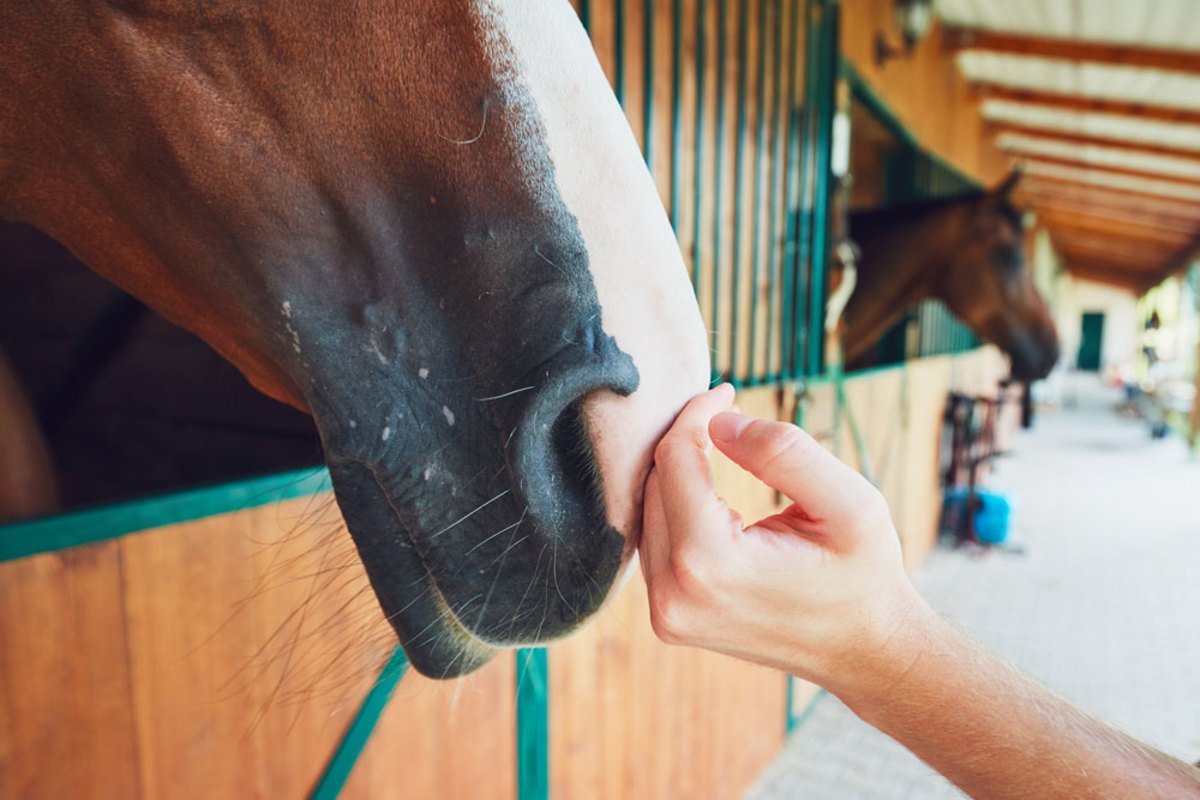
Temperature
A horse can also feel cold and hot. He can regulate his temperature in several ways.
Reading Suggestion: Horse Temperature: When And How To Take It?
Cold
A horse can, when it is cold, straighten its hair, so that an insulating layer is created. It is therefore not recommended by some to put a blanket on a horse in the winter because a horse can no longer straighten its hair. A horse can also move more when it is cold. This is of course only possible if a horse has the opportunity to do so. Horses kept in stables do not have this option.
Hot
A horse that is too hot may perspire to cool down. Therefore make sure that a horse has sufficient drinking water available in the summer. The horse will also move less and look for a shady spot.


